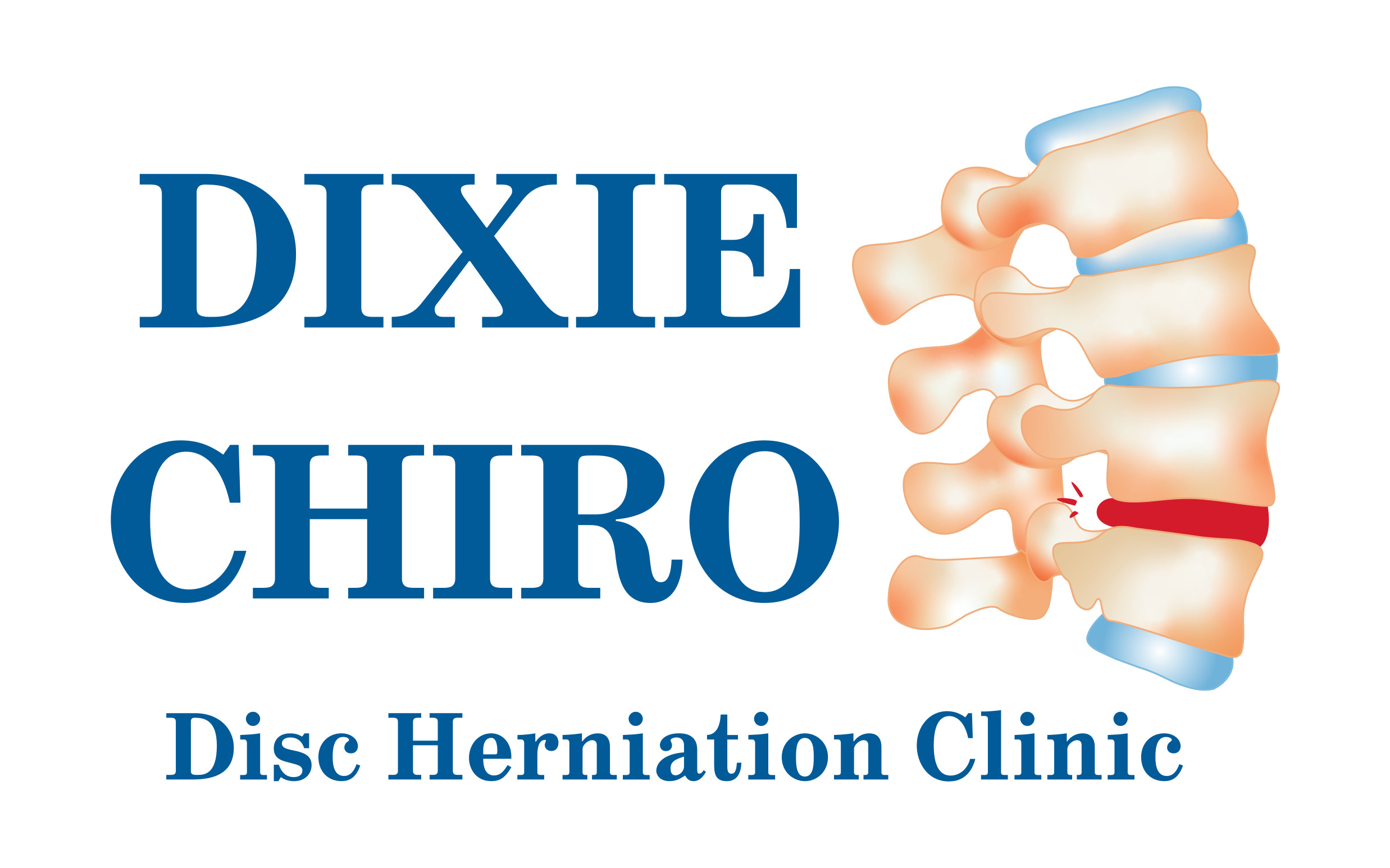What is nerve entrapment?
Nerves are the tiny messengers that transmit impulses of sensation to the spinal cord and brain and returns impulses back to the muscles and organs. They are made up of fibers that slide and stretch within the soft tissues that surround them. When nerves become trapped or pinched, inflammation and adhesions in the soft tissues can cause them to lose their ability to glide smoothly. This is known as “nerve entrapment”. Nerves that are entrapped can cause a number of symptoms such as numbness, tingling, burning, aching, weakness, and even loss of muscle function.

What can be done to restore normal nerve function and mobility?
Icing and anti-inflammatory medications can help reduce inflammation and pain, but in order to get the nerves moving normally, they need to be mobilized. Nerve mobilization is a broad term to describe the restoration of normal neural movement and must begin with identification of the nerve that is causing symptoms. This can be done through evaluation that includes neural tension testing. Sensitizing movements are performed to determine which branch of nerves is affected. Once the nerve is identified, the next step is to perform a technique called “nerve flossing”.
What is nerve flossing?
Nerve flossing is the use of specific movements and exercises to restore normal sliding and stretching of the “stuck” nerves for normal mobility and function. Specific movements are used to encourage nerves and soft tissues to glide without snags or pinches. The practitioner first takes the patient through the specific movements, demonstrating the proper technique and exercise needed to treat the nerve, and then instructs the patient in a home exercise program to do daily. The practitioner can help alleviate restrictive points manually that may be hard to do alone. Nerve flossing on your own can then be prescribed as a treatment regimen.

Will the symptoms resolve with flossing?
Once the nerve starts to move normally, you should experience a decrease in nerve symptoms and pain as the irritated nerve begins to heal and the inflammation is eliminated. Strength improves, and normal range of motion is once again restored. You can return to normal postures and activities which you’ve been avoiding because of pain, and as you do so, the mobility and health of your nerves will continue to improve.

What if the symptoms persist?
If symptoms aren’t significantly reduced within one to two weeks of daily nerve flossing at home, the patient should come in right away. They may need a few sessions of manual treatment or modalities, including spinal decompression therapy, to provide mechanical gapping of the spine in order to relieve enough pressure off the pinched nerve and calm it down enough to resume the flossing at home.


Recent Comments